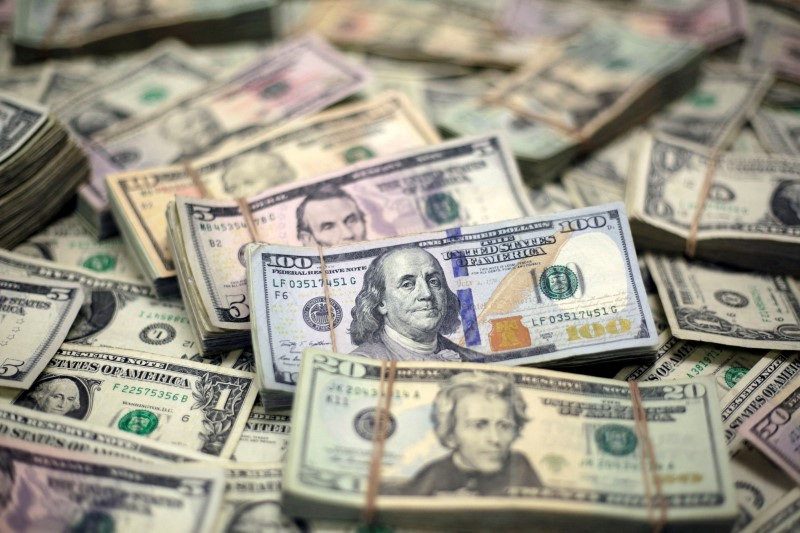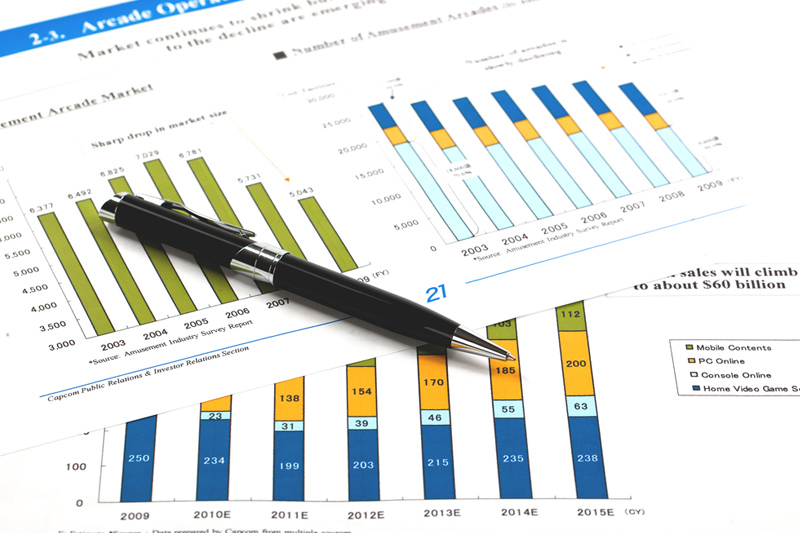By Jamie McGeever
ORLANDO, Florida (Reuters) -Politics is often a key driver of exchange rates in emerging economies, where elections, leaders and government policies can play a major role in shaping trade and investment flows. That is not often the case for major currencies in markets with much deeper investment flows and liquidity – such as the US dollar.
But the dollar’s explosive rally after the US presidential election shows that politics still matters a lot to the dollar. Or better said: the dollar is still very sensitive to political shocks.
The dollar rose nearly 2% against a basket of major currencies early Wednesday following Republican Donald Trump’s resounding victory over Democrat Kamala Harris in Tuesday’s election.
This marked the dollar’s biggest rise in more than eight years, since June 24, 2016, to be precise. That was the day after another historic political drama unfolded: Britain’s “Brexit” referendum, when Britain stunned pollsters and voted to leave the European Union.
The 8% fall in the pound on that day – by far the biggest drop against the dollar since the era of free-floating exchange rates began more than fifty years ago – lifted the rate by 2%.
Trump’s victory was far less shocking than the Brexit vote, and financial markets had been pricing this in for weeks. But the dollar’s sharp reaction suggests that the margin of victory and the likelihood that Republicans would take control of both houses of Congress took markets by surprise.
Steven Englander, head of G10 FX strategy at Standard Chartered (OTC:), thought a potential for a clean sweep, combined with the polarized nature of today’s politics, would help explain the dollar’s outsized move.
“So much of politics is ‘same old, same old,’ but when you get a real surprise, the market reaction can be dramatic,” he noted.
MOMENTUM
The dollar rarely fluctuates near 2% in a single day because it takes huge flows to move such a heavily traded asset that much. The dollar is on one side of almost 90% of all currency transactions, and the average daily turnover of the global foreign exchange market is $7.5 trillion.
The dollar has posted a daily gain of around 1.5% since 2016, but this occurred mainly in the highly volatile days of March 2020, at the beginning of the pandemic, or in September 2022, when US interest rates were close to their 40- year peak. .
Declines of that magnitude are also rare. They occurred around the pandemic or when soft inflation data was released in November 2022.
But the 2024 US presidential election, like Brexit, reminds us that political shocks can still have an immediate impact on the world’s more liquid currencies, including the most widely used and liquid of them all.
The bigger question might be: Do such extreme moves have long-term consequences? And the answer is: they can.
Sterling has never again reached pre-June 2016 levels. The rate is still down 10% against the dollar and 25% on a trade-weighted basis, meaning Britain has effectively suffered a permanent loss of global purchasing power.
The chance that the dollar will stage a nearly decade-long global rally is obviously slim. That would require far too many domestic and global variables to align.
But investors appear to be taking into account expectations that the new government’s fiscal and monetary policies will raise inflation, bond yields and the dollar.
Mizuho’s FX strategy team says the dollar potentially has another 4% upside before eclipsing its 2016 gains after Trump then became president.
Barclays (LON:) Analysts agree that the dollar has more room to “strengthen a little or a lot… depending on whether Republicans manage to pull off a sweep.” They believe the later scenario could push the euro to $1.03 in the short term.

It’s impossible to predict exactly what will happen, but investors are now reminded that even in such a liquid market, political shocks can still move the dollar.
(The views expressed here are those of the author, a columnist for Reuters.)
(by Jamie McGeever; editing by Cynthia Osterman)


